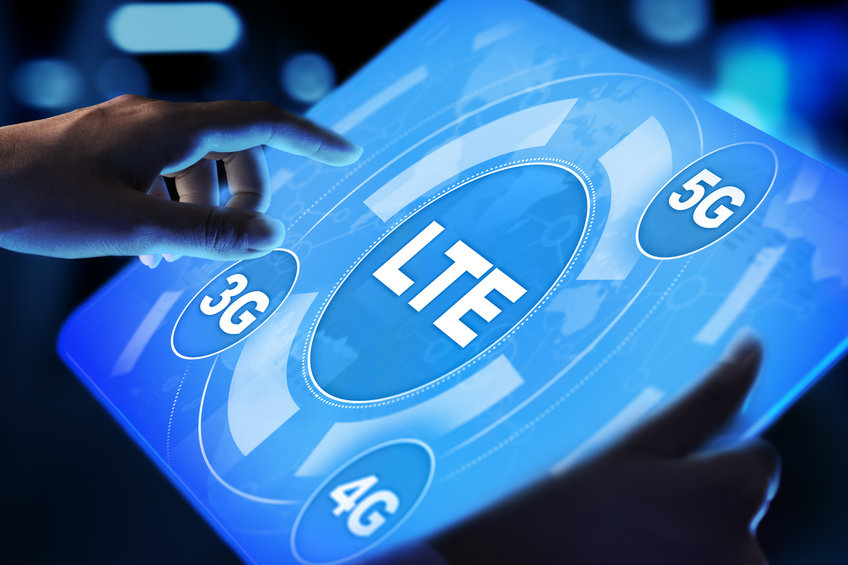MIAMI GARDENS, FL – FEBRUARY 01: Cardi B performs at Vewtopia Music Festival 2020 – Day 2 at Miami … [+]
Cash App, your rapper’s favorite smartphone-based payments and money transfer service owned by Square is disrupting the charity industry. Giveaways have always been in Cash App’s DNA, with about 200 hip-hop artists name-checking the platform in their lyrics, according to music database Genius. Being culturally attuned, paired with a spirit of giving has helped Cash App disrupt what the Giving USA Foundation reports is a $450 billion charity sector.
ADVERTISEMENT
The Breakdown You Need To Know:
CultureBanx noted that apps like Venmo, Cash App and Zelle remove all giving friction and have boomed during the pandemic. During a time where 40% of Americans would struggle with a surprise $400 expense, Cash App has been directly targeting users through its once-a-week giveaway, called Cash App Friday, where it distributes cash digitally to some users who request it. Trapital noted that in January of this year Cardi B and Megan Thee Stallion gave 2,000 random Tweeters $500 apiece for a total of $1 million via the app. In 2019, Cash App gave away $60,000 on its namesake Friday.
Rappers have been using the fin-tech platform as a way to engage with fans for a while now. So, it’s easy to see how hip-hop influencers and their loyal followers grew Cash App’s monthly active users from seven million in 2017, to 30 million in 2020.
Culture, Cash App & Charity:
Many people believe that donating to individual Cash App users will go further than donating to a non-profit. Direct givers often say urgency motivates them, according to OneZero. There may be a good reason to believe this train of thought because ProPublica found the American Red Cross raised $500 million to rebuild Haiti after its 2010 earthquake, but built just six permanent homes. Reasons like this have given rise to the increase in payment app downloads that surged by 94% between March and October, according to AppTopia.
OneZero reported that Detroit millionaire Bill Pulte claims to have used Cash App to send more than $834,000 to his followers in viral giveaways. While this social media approach to charity is desperately needed, it also points to the deep holes in America’s social safety net. Online giving is growing six times faster, over 9% each year, than offline giving.
Situational Awareness:
Digital handouts on social media that help people make everyday ends meet, point to the power and generosity of online communities. However, it’s important to note that scammers have proliferated as well. Any tweet mentioning Venmo or Cash App donations prompts a torrent of suspect direct messages. In October, the New York Times


/https://specials-images.forbesimg.com/imageserve/5fdb5766b3b6abd642297cf5/0x0.jpg?cropX1=0&cropX2=5568&cropY1=54&cropY2=3186)










